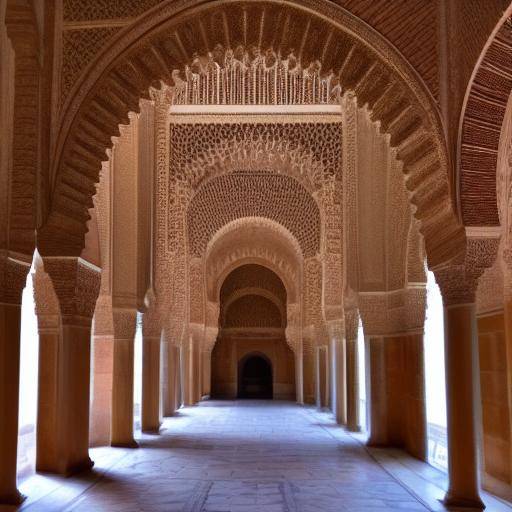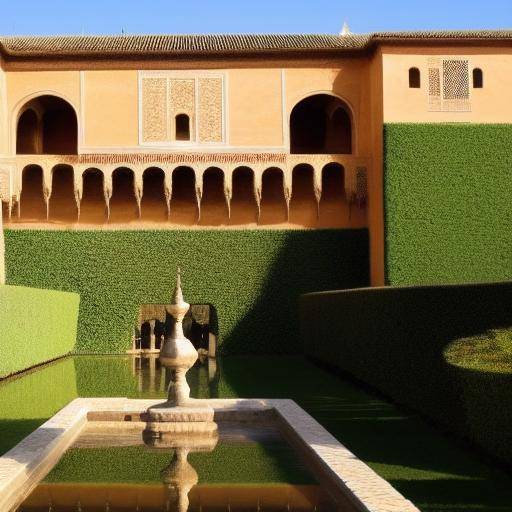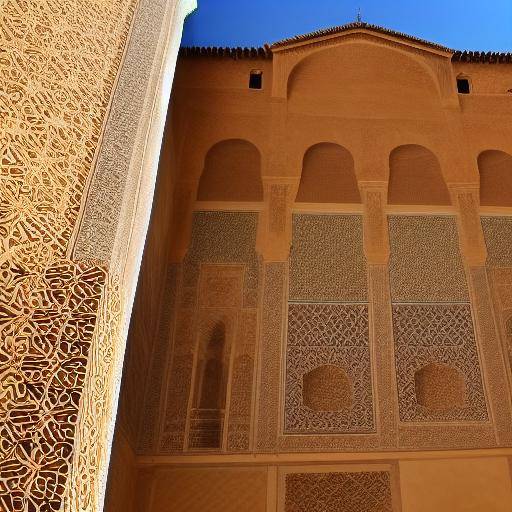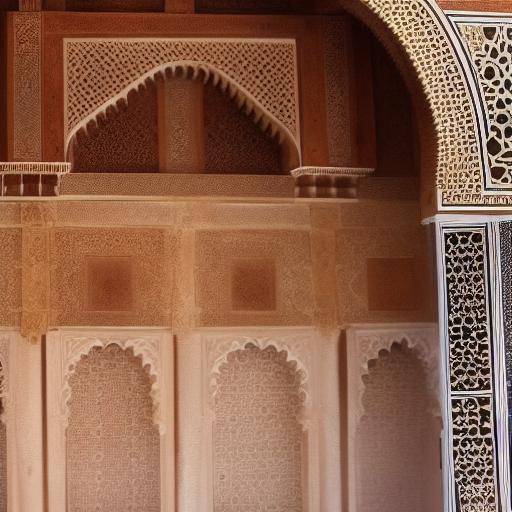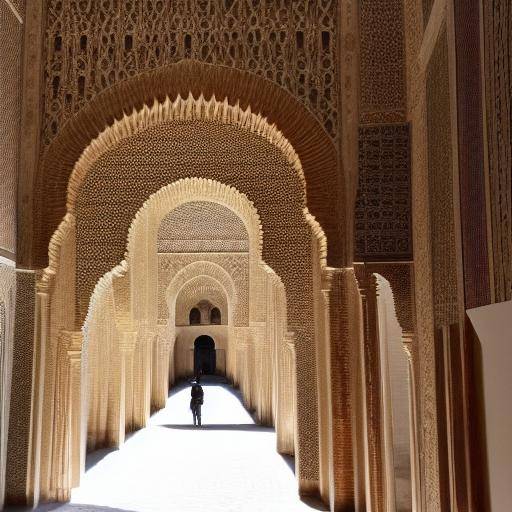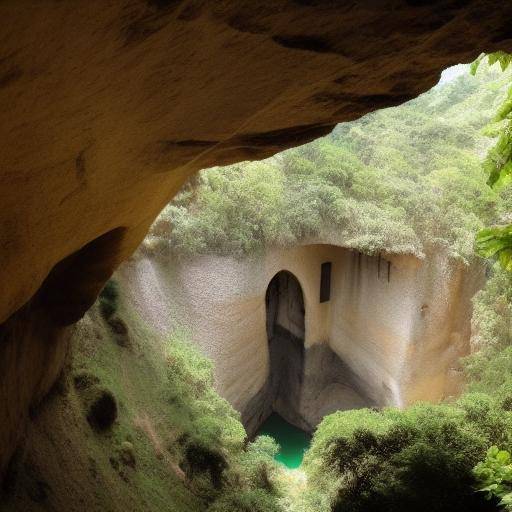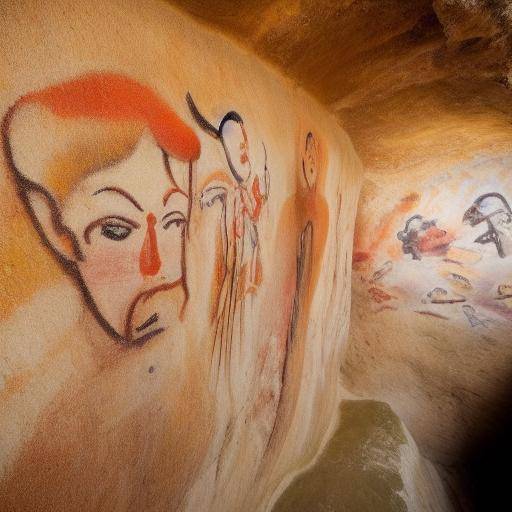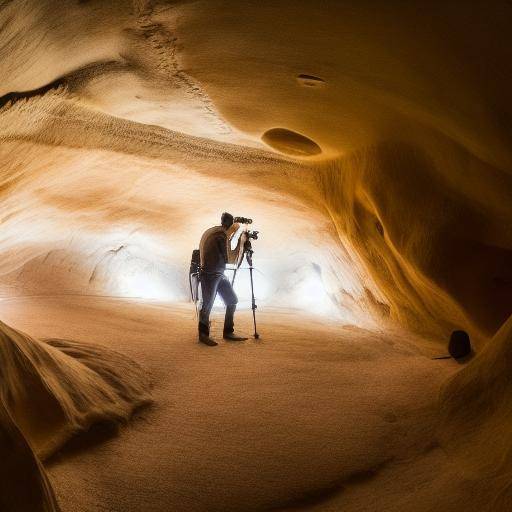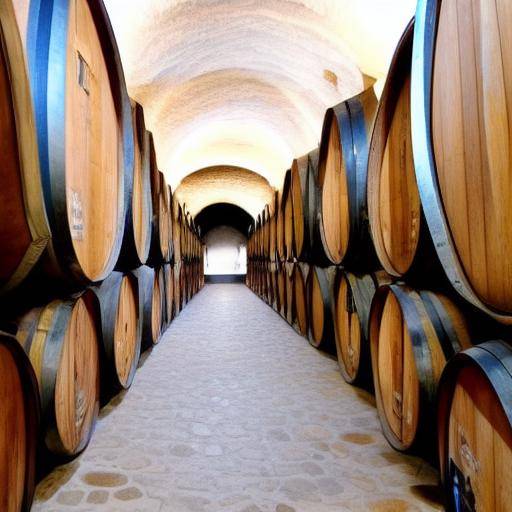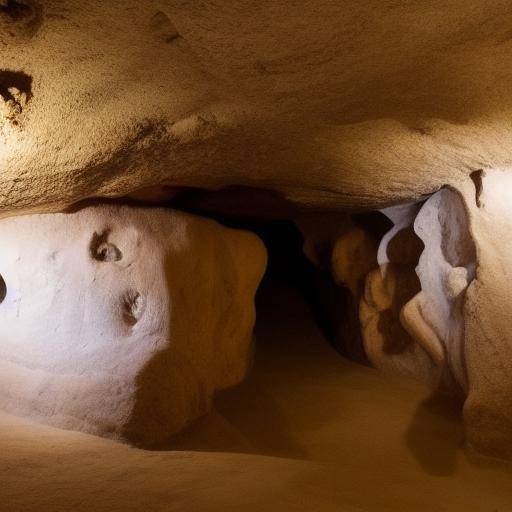
The caves of Altamira, located in the north of Spain, are an archaeological treasure that transports us to the fascinating world of prehistoric rock art. In this article, we will explore the rich history, cultural significance and artistic wonders that make Altamira a must-have destination for history and art enthusiasts. Join us on this journey to discover the wonders that lie in the bowels of the caves of Altamira.
Introduction
Altamira caves are famous for hosting some of the world's most impressive rock art works, dating from approximately 36,000 years old. This prehistoric enclave offers a unique window to appreciate the artistic skills and life of our ancestors, whose legacy endures in the depths of these majestic caves. In this article, we will explore the cultural meaning, historical value and unique beauty that characterize Altamira.
History and Background
The caves of Altamira date back to the time of the Upper Palaeolithic period, a period in which the first humans began to translate their experiences and beliefs into the walls of the caves. Altamira's cave art is outstanding for its realism and anatomical precision, presenting animal representations, human figures and complex geometric designs. These prehistoric artistic manifestations offer a unique vision of the worldview and creative abilities of our ancestors, consolidating Altamira as an invaluable heritage for humanity.
During the nineteenth century, the Altamira cave was rediscovered and its cave paintings generated a great interest in the scientific and artistic community. This event marked a milestone in the understanding of prehistoric art and contributed to the assessment of the cultural legacy of mankind. Over the years, significant progress has been made in the research and conservation of cave paintings, allowing greater access to the public to appreciate this archaeological wonder.
Deep analysis
The cave paintings of Altamira not only represent an exceptional artistic achievement, but also provide valuable insights into everyday life, spiritual beliefs and the relationship with the natural environment of prehistoric civilizations. These artistic representations not only capture the imagination, but also serve as vivid testimonies of a remote past that enriches our understanding of human history.
Through interdisciplinary analysis, a deeper understanding of the techniques used by prehistoric artists, the raw materials used and the possible intentions behind these creative manifestations has been achieved. This holistic approach has led to the deciphering of fundamental aspects of the social, cultural and symbolic life of the communities that inhabited these millennial lands.
Comprehensive review
The importance of Altamira lies in its ability to exert a lasting influence on the appreciation of prehistoric art. The artistic legacy of Altamira transcends the barriers of time and space, inspiring present and future generations to reflect on the nature of human creativity and its connection to the natural environment. Moreover, the preservation of Altamira poses challenges and opportunities in the sustainable management of cultural heritage, promoting harmony between conservation and public access.
Comparative analysis
Spain's cultural wealth is enriched by the presence of Altamira, a treasure that reflects the diversity and depth of the country's historical and artistic legacy. The prehistoric rock art of Altamira resonates in collective consciousness as an emblem of cultural identity and human creativity, awakening admiration and astonishment in those who explore it.
Practical Tips and Accessible Recommendations
If you are planning to visit Altamira caves, here are some useful recommendations to make the most of this unique experience:
- Book your visit in advance, as access to the caves may be restricted to preserve its integrity.
- Learn about conservation regulations and ethical behavior within caves to ensure their long-term preservation.
- Take advantage of guided tours and specialized interpretations to gain a deeper understanding of the historical and artistic context of Altamira.
- Consider exploring other rock art sites in Spain, such as Lascaux caves or Tito Bustillo, to enrich your understanding of this cultural legacy.
Industry Perspectives and Expert Reviews
Experts on archaeology, art history and heritage conservation agree that Altamira represents an invaluable resource to understand the history of humanity and the evolution of art. These scholars highlight the importance of preserving and disseminating Altamira's legacy for generations to come, and advocate for the development of innovative conservation approaches that balance accessibility with the protection of the site.
Case Studies and Real Life Applications
Altamira's cave paintings have inspired contemporary artists, researchers and educators to explore new forms of creative expression and to enrich intercultural dialogue. Case studies that demonstrate the influence of Altamira in the artistic and educational sphere, as well as its impact on the historical and cultural narrative, highlight the validity and relevance of this ancestral heritage in the modern world.
Future Trends and Predictions
The future of Altamira and its influence in the artistic and cultural sphere is promising, as archaeological and technological research is estimated to continue to reveal new aspects of this prehistoric monument. The advance in dating techniques, the development of new conservation tools and the growing awareness of the importance of preserving cultural heritage augur a vibrant and enriching future for Altamira and his artistic legacy.
Conclusions and FAQs
In conclusion, Altamira caves represent an invaluable treasure that connects us with our prehistoric ancestors and enriches our understanding of art, history and culture. His legacy endures as a timeless testimony of human creativity and intrinsic relationship with the natural environment.
Frequently asked questions
1. What is the best time to visit Altamira caves?
Spring and autumn are usually ideal seasons, as they offer a pleasant climate and less influx of visitors.
2. Is it possible to visit the original paintings in the Altamira caves?
To preserve the paintings, access to the original cave is restricted, but accurate replicas have been enabled so that visitors can appreciate them.
3. What is the importance of Altamira's rock art in the global landscape?
Altamira's rock art is considered a milestone in art history and an invaluable testimony to the creative capacity of prehistoric societies.
4. What measures have been implemented to safeguard Altamira's cave paintings?
Conservation measures, such as humidity and temperature control, as well as limiting the influx of visitors, have been applied to protect paints from possible damage.
5. What aspects distinguish Altamira from other cave art sites?
The anatomical precision and the artistic richness of Altamira's paintings distinguish it as a unique reference in prehistoric rock art.
6. How has Altamira influenced the development of contemporary art and culture?
The influence of Altamira is seen in the inspiration it has given to artists, writers and thinkers, as well as in the revaluation of prehistoric art in contemporary times.
Concluding, Altamira caves represent a timeless legacy that invites us to reflect on the indissoluble connection between humanity and artistic expression throughout history. In exploring the wonders of Altamira, we immerse ourselves in an odyssey that transcends time, enriching our understanding of prehistoric rock art in Spain and its meaning in the global context.

